It's hard to escape the media pronouncements that iPhones are now boring again after Samsung unveiled its latest Galaxy S8, Apple's Mac business is being overshadowed by more exciting Surface Windows PCs from Microsoft and that Apple Watch is a disappointing dud. But they're all wrong, here's why.
This third segment in a series takes a look at real data, with enough historical context to accurately see what's occurring in the Pre-Mobile PC and Post-PC Mobile and Wearables markets. Reality bears little correlation with media narratives that suggest doom for Apple and portray its hardware and software rivals as quickly catching up.
Virtually every element in the common media narratives hyping 1) Samsung's scrappy underdog rivalry with iPhone, 2) Microsoft's growing Surface threat to Macs or iPads and 3) the minor relevance and impact of Apple Watch is purely false. It's not only illuminating to see the truth, but also revealing to see what lies are being passed around as fact.
Consider the reality of Apple Watch and its true market position relative to the rest of the tech industry— in stark contrast to the way the product line is portrayed in media narratives.
3: Is Apple serious about integration?
While both Apple and Microsoft have been maintaining software development platforms for decades, and both Apple and Samsung have been building computing hardware since at least the early 80s, no other vendor has lasted as long as Apple as an integrated computer maker with a skillset ranging from apps to OS to firmware to silicon and finished products.
Apple nearly lost its integration crown in the 90s, when it tried licensing out its OS platforms, spun off most of its apps into the independent Claris subsidiary and mostly got out of the custom chip design business. However, with the launch of iMac, iPod, iPhone and iPad Apple has not only created sustainable cash cows but reinvested its milk money in building increasingly vertical integration.
Apple's total dominance in profitable mobile devices has enabled it to build out a massive supply chain and vast production capacity that feed cycles of new, ever more powerful devices on a scale of hundreds of millions of units every year. Apple has notoriously hogged up the world's key commodity component supplies, including RAM and superior display panels, for more than a decade.
And increasingly, the company has been working to develop and build more of its own custom components— notably mobile Application Processors starting with A4, but also very specific niche components like the 5K iMac's custom display timing controller which found its way into the iPad Pro, or a NVMe storage controller for MacBook Pros that were later adapted for iPad and iPhone 6s.
Apple and the integrated platform
Not everything Apple attempts has been a slam dunk. It gave up on the server business with Xserve and its last Mac Pro model didn't result in a competitive workstation business among the users it hoped to target. Apple TV hasn't challenged game consoles or TV USB-dongle makers in unit sales, although tvOS still in its first iteration and has made progress as a platform that other rivals haven't.
However, if you chart out Apple's stand-out successes and weakest failures, the results strongly correlate its biggest hits with the value of tight integration.
Apple's Mac business remained fairly successful but was outpaced in volume sales by the less-integrated commodity PC. in 2001 iPod delivered a tighter integration of hardware, software and services that turned Apple around commercially, with a product model that those same PC makers couldn't functionally duplicate. Apple's integration is valuable enough to drive iPhone's Average Selling Price to nearly $700, when Android smartphones sell at an ASP of less than $225
Microsoft first attempted to beat the iPod using PC makers and Windows-branded MP3-player licensing model named Plays For Sure. When that failed, it attempted to create Zune, a product just like Apple's iPod, but without achieving similar results.
In 2007, iPhone delivered far greater success than even iPod had by virtue of its tighter integration, which could deliver stronger battery life, a nearly perfect UI and a stable app development platform far better than the fractured software platform of Symbian, PalmOS, Java ME, Windows Mobile or the eventual Android. Apple's integration is valuable enough to drive iPhone's Average Selling Price to nearly $700, when Android smartphones sell at an ASP of less than $225.
In the other direction, Apple's tight integration wasn't so valued in Xserve or the latest Mac Pro, where buyers appeared to prefer being able to modify their own server software and plug in modular hardware.
Apple Watch: the integrated mechanism
Apple Watch could be considered the pinnacle of Apple's tight integration. There's no way a generic platform could deliver such a strong watch platform, as Google's Android Wear has demonstrated. In addition to custom fitting watchOS to its own hardware, Apple has also optimized the chips in its S-package down into a single component unit that fits into a crafted watch body.
It shouldn't be surprising that Apple introduced Apple Watch as a new product category in a market segment where everything else had largely already failed. It was really an extension of iPod, which achieved the same unique level of success in a sea of MP3 failures a decade earlier. Deeply integrated hardware and software is Apple's core competency, one that's not really shared by any other tech maker on a similar level.
Poke around on Microsoft's Surface and you quickly realize it's running Microsoft's generic software designed to work on any commodity x86 PC hardware. Why else would a tablet have spinning fans?
Examine a Samsung Galaxy phone and it's clear that Android was outside software shoehorned into the company's hardware. Why else would it have a couple web browsers, several email clients and two voice assistants?
On Apple Watch, it's sometimes not even clear where the line is between hardware and software. Not only is the watch itself a tightly integrated device, but it also seamlessly integrates with other Apple products through Continuity, which allows it to automatically use your phone or WiFi network, load apps from your phone, deliver rich notifications, share Health and Activity data, accept phone calls, unlock your Mac, find your iPhone, change the volume on your AirPods, dim your HomeKit lights and control playback on Apple TV.
Apple Watch is not a $15 activity band
The first efforts to minimize Apple Watch came from the market data authors at IDC, which applied the same tricks they'd invented earlier to portray Apple's massively successful iPad as at least a "relative failure" if compared against the entire world's production of mobile devices with a display, including everything from kid's toys to portable TVs.
For Apple Watch, IDC similarly invented a category of "things that could be on your wrist," and counted Apple Watch as the runner up "wearable" rather than the first place smartwatch.
That let the firm portray the $1.44 billion market debut of Apple Watch as being only "within striking distance of the market leader" FitBit, which had only earned around $390 million in the same quarter, while also suggesting Apple was about tied with China's Xiaomi, with sport band revenues of at best $77 million.
After frying up such a fat whopper, who could ever swallow the idea that the most popular and successful smartwatch was either popular or successful?
Apple Watch vs Microsoft Surface
As previously noted, Canalys revenue estimates for the winter quarter highlight that Apple Watch was twice the size ($2.6 billion) of Microsoft's Surface PC sales ($1.3 billion), even if the media talks very differently about each.
The other obvious difference between Apple Watch and Surface is that since their quarterly launch peaks in 2015, Apple's quarterly Watch revenue has grown by more than $1 billion, while Surface revenue has shrunk by $52 million. Apple Watch is currently only on its second generation, while Surface is approaching its fifth.
That's a pretty poor trajectory emerging for Microsoft's future vision of the conventional PC— a product category one might expect to generate more revenue vs. a smartwatch.
While it may not seem relevant to compare the two product lines, each represents an initiative launched in an effort to shore up a dying product and take on competitors. In Microsoft's case, Surface sought to draw new attention to the Windows PC while rebutting the emergence of iPad and other tablets.Apple Watch helped turn the company's "other products" category from a 17 percent annual decline into 20 percent annual growth
In Apple's case, it had the remains of its iPod business that had been overshadowed by smartphones, as well as an emerging external threat of smartwatches from Samsung, Motorola and others.
Apple Watch helped turn the company's "other products" category from a 17 percent annual decline into 20 percent annual growth. It also hit the smartwatch market so hard that Lenovo's Motorola and other early entries dropped out entirely, while sales at Samsung lost their luster and other rival platforms (including Pebble) completely went out of business.
The same can't be said of Surface, which after almost five years of trying has flatlined without growth despite consuming significant R&D investment. Further, Surface has not had any apparent impact on iPad or tablet sales. In fact, when Apple introduced iPad Pro in late 2015 it immediately outsold Surface units.
New research authored by J.D Power on Surface and iPad buyers noted that there was no statical difference found in the satisfaction users reported between the much more expensive, full Windows experience of Surface and the stripped down iOS simplicity of iPad. So much for moving the needle.
Apple Watch as an exercise
While Microsoft spent the last several years working to build its modern vision for the conventional PC, Apple Watch ended up as not only more commercially successful but also demonstrates a monumentally greater effort to try new things and dramatically expand the company's capabilities.
Recall the excitement for Alphabet moonshot goals and even supposedly attainable basic hardware business attempts by Google, whether involving new TV product categories, robots, high-end laptops, low-price tablets, expensive tablets or wearable Androids?
Rather than being similarly congratulated just for showing up, Apple Watch has been condemned for not instantly duplicating Apple's $140 billion iPhone business that not even Samsung and the rest of the world's smartphone makers can replicate with their direct facsimiles.
Strangely enough, despite being given zero respect by the pundits who don't get it, Apple Watch is a far more interesting and important development, in large measure because it's a truly new exercise and set of learning experiences that happens to be— not just self sustaining (unlike most of Google's experiments)— but significantly profitable.
The secret skills of Apple Watch
Instead of being simply an iOS device worn on the wrist (like Android Wear and its hardware instances), Apple creatively stretched its specializations and scope of expertise to build a device people would want to wear as a fashion item.
Apple Watch debuted in advanced materials built from aluminum, steel and gold, and has since expanded to ceramic. The company recently detailed its "artificial sweat" testing used to determine what materials would safely work in a wearable, indicating a desire to learn how to venture out of the corporate comfort zone of its past.
AirPods are an expansion of that exercise in exploration. Also related: the water intrusion resistance developed for Apple Watch was expanded upon for use on iPhone 7, erasing a notable exclusive feature its competitors were selling.
Apple Watch also extended the company's business into the area of healthcare and fitness, and necessitated the development of new HealthKit software and biometric sensors, as well as greatly expanding the domain of wireless Continuity, lending a differentiating halo of integration over the Macs and iOS devices it works with.
And in true capitalist form, Apple performed all this research, not in a think-tank lab like the 1970's Xerox PARC or Apple's 1990s Advanced Technologies Group or 2010's Google X— all of which ran though vast resources while delivering very little in terms of shippable products— but in a modern model of rapidly iterating on product-centric development aimed to deliver immediate revenues while generating profits far higher than basic commodity phone and PC vendors.
The scoffed-at software of Apple Watch
While it can run native apps, Apple didn't create a separate App Store for selling them; Apple Watch apps are distributed with their iOS counterparts for free. However, Apple did create a new software market for the product: bands.
Apple now produces a series of bands in a variety of seasonal colors, materials and designs, which are sold at prices ranging from an entry level iPod up to a precision metal link band that's $50 more than a Mac mini. Apple also created a new business in licensing band designs and cobranding Watch models in partnership with Nike and luxury goods maker Hermes.
Tech commentators like to scoff about Apple's innovation being limited to "new band colors" while it hesitates to change the GPU specifications of the Mac Pro, but the reality is that high-margin Apple Watch bands sell in the millions to an installed base that willingly replaces those bands at seasonal intervals, while Mac Pros are purchased once and last for years— one of the longest replacement cycles in the tech industry— and serve a Surface Studio-like audience of perhaps tens of thousands of users.
Selling bands in new colors is a sign of intelligence, while scoffing at that business is evidence of a shallow ignorance. Fortunately for Apple (and its potential Mac Pro buyers), there's nothing that prevents the company from serving both markets, and the people who develop watch bands are obviously not the same group that works on GPU specifications.
One might as well wonder out loud why Google makes Doodles while Android still has security holes to fix, as if the two are related in some way.
Apple Watch sales data
One of the reasons Apple doesn't detail the unit sales of Apple Watch is that it would reveal not just how many were sold, but also what prices buyers are paying on average, offering hints at how much Apple is earning from sales of bands and licensing. With that data, a competitor would know what products to develop at what tiers in order to more effectively compete with Apple Watch.
The company clearly learned this as its 2010-2015 iPad sales data was used to against it, both by competitors seeking to enter the tablet market and market research authors seeking to portray Apple as a failure. It's noteworthy that nobody has similarly campaigned for sales figures detailing Galaxy sales, Surface units, or other unit sales of phones, tablets, watches or anything else from any other vendor apart from Apple.
Apple releases sales data to transparently inform its investors, not to impress tech columnists. It's incredible that some of the same people perpetuating these false narratives are also insisting that it's "time for Apple to release Watch data," as if Apple were a representative democracy run by the popular whimsy blowing from the least competent and intelligent members of society.
The future roadmap of Apple Watch technologies
Many of the things Apple had to learn to deliver Apple Watch not only benefit its other existing products, but also open up the potential for developing new wearables with nano-sized brains driven by tiny, induction charged batteries in weather resistant, stylish housings. The most obvious next application might be Augmented Reality glasses.
Additionally, the mechanical and material sciences disciplines that were required to create Apple Watch are directly applicable to aspects of automotive design, from machining the precision stainless steel Digital Crown to leatherwork to ceramics to wireless sync to cross-device apps and optical sensors.
In comparison, Microsoft developed a conventional Windows PC that looks similar to previous iPads and virtually identical to an assortment of other soft-keyboard hybrid devices sold by Sony, Samsung and the rest of its Windows hardware partners. Surface doesn't set Microsoft up to enter new markets. It has only developed a premium-priced, but ordinary and undifferentiated commodity product.
Microsoft's "skating to where the puck was" previously resulted in its inability to sell copies of Apple's iPod, a failure to sell Windows Phones at the height of the smartphone boom and its wearables flop known as Microsoft Band.
So pundits: please stop equating Surface PCs with landing on the Moon and stop suggesting Apple Watch was a big waste of time.
 Daniel Eran Dilger
Daniel Eran Dilger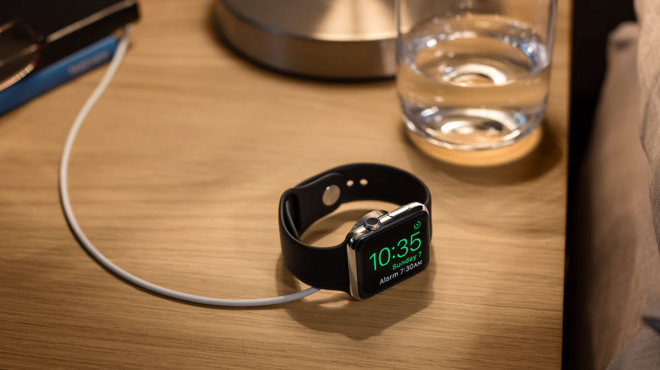
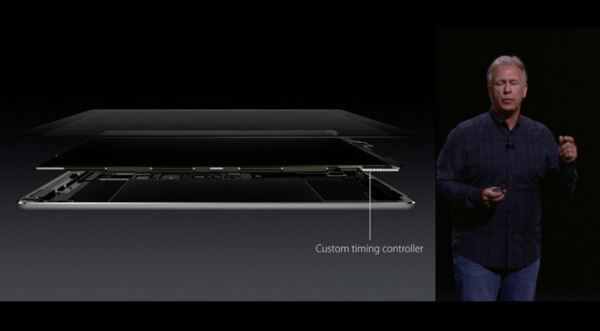
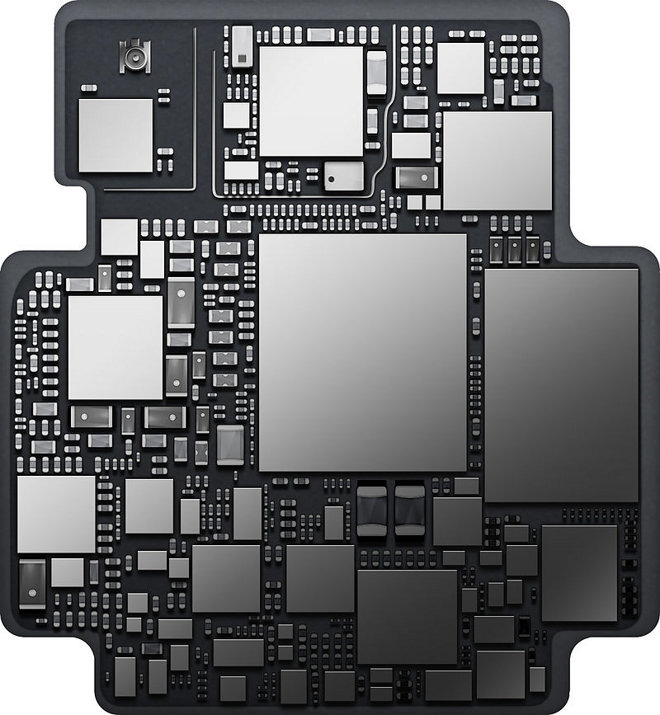
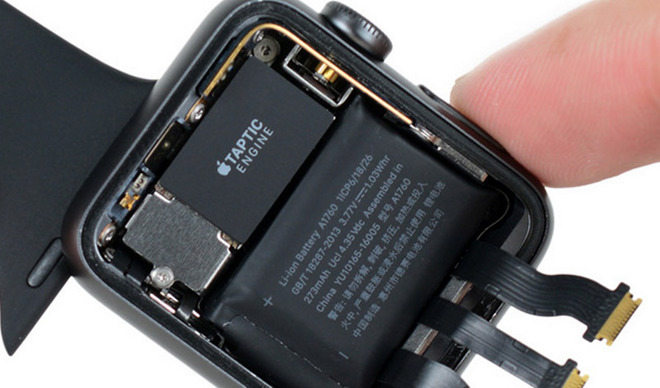
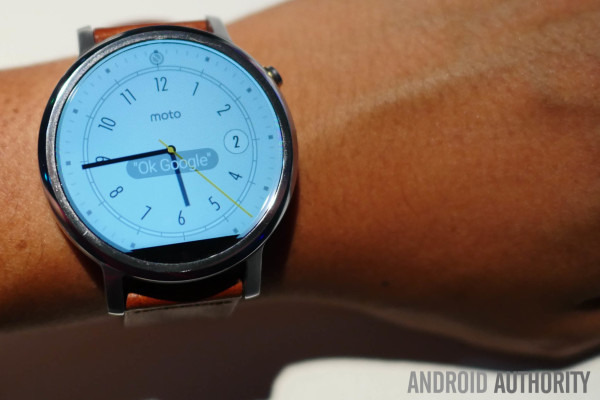
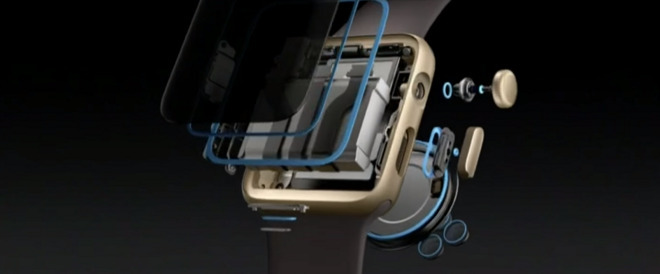
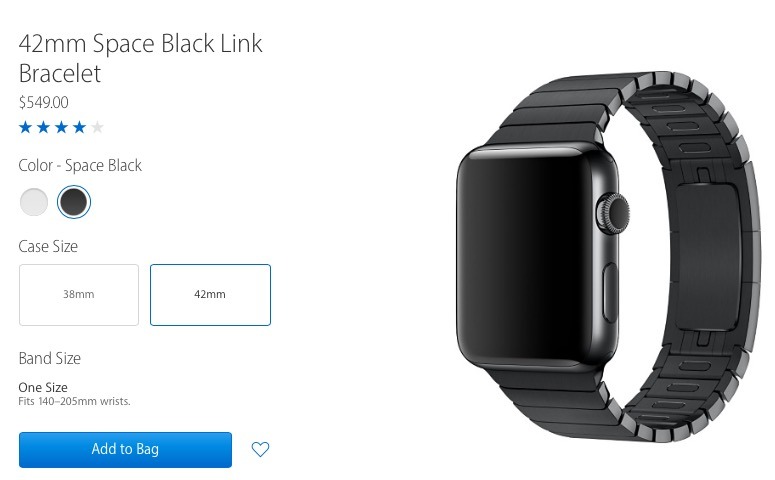
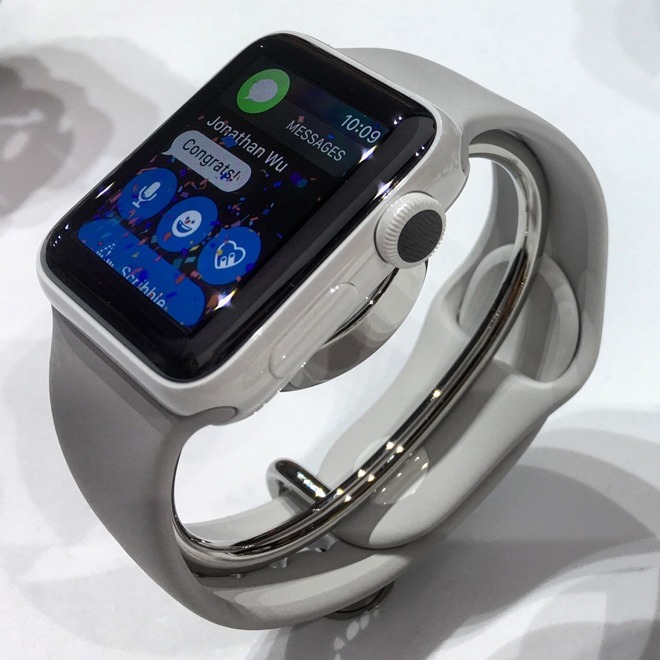
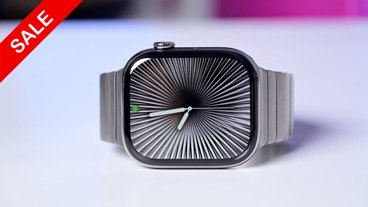
-m.jpg)





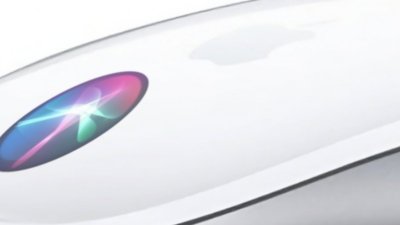
 William Gallagher
William Gallagher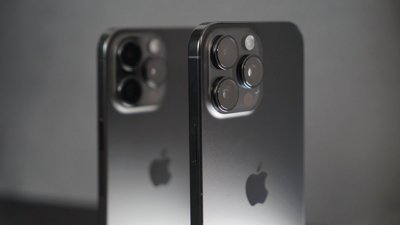
 Andrew Orr
Andrew Orr
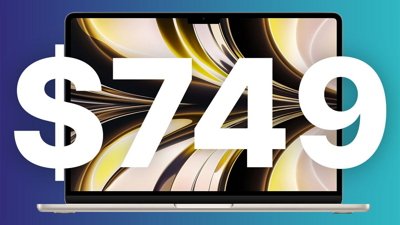
 Christine McKee
Christine McKee
 Andrew O'Hara
Andrew O'Hara
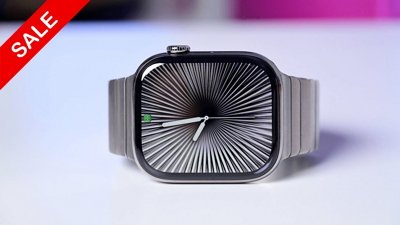

 Malcolm Owen
Malcolm Owen






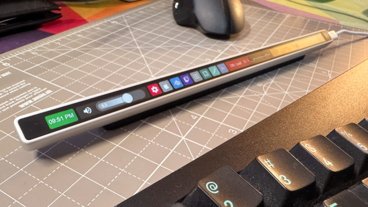


35 Comments
Daniel, it will never end. If Apple is declared a loser while it remains the most valuable company on the planet think what will be said if Apple starts top slip a bit. For some reason unknown to me the tech media has conducted a vendetta on Apple for over thirty years now. Every piece of hardware or software Apple releases comes pre-certified a failure. Every piece of hardware or software released by any other company is touted as an Apple ‘killer.’ There really is an unfathomable hatred out there for the company. Blog sites like AI have been the target of trolls and naysayers since day one. People who don’t own or use any Apple gear are somehow compelled to trash the company every chance they get. You don’t see this kind vitriol on blogs centered on other platforms but even there the topic is often Apple trash talk. I have long suspected that the tech media and its minions see Apple as a threat to their power over normal users. Every family has its ‘tech guru’ that family members rely on to fix their computing issues. Apple products are generally easy to use and understand so that threatens the egos of those so-called experts. IT departments fight the deployment of Macs and iOS devices tooth and nail. The reason? Look no further than IBM’s studies showing Macs and iPhones cost much less to support over the long haul. It appears to be mostly about protecting inflated egos and jobs, a turf battle. Just remember those SNL skits with Jimmy Fallon as “Your Company’s Computer Guy” lording it over fellow employees and calling them stupid. Unfortunately that’s pretty close to home when you think about how some on AI look down their noses at we tech peons.
Any product Apple makes where consumers don't buy a new model every year or break some sort of monumental sales record is considered to be a flop. Originally, some analyst thought Apple would be able to sell 20 million AppleWatches in the first year and that number quickly became the baseline. Anything below that number was considered a failed product. Forget what Apple's internal sales expectations were. That didn't matter to investors or tech-pundits.
One thing I think that may hurt AppleWatch sales is that it is tied into the iPhone. Most Android smartwatches work with both platforms. I understand Apple wanting to tie AppleWatch to the iPhone but Apple should remember iTunes adoption was boosted by reaching Windows users. No iPhone, no AppleWatch is really harsh. At least allow it to work with a MacBook or iPad with TouchID.
This crazy notion that every Apple mobile or wearable product is supposed to be replaced every year is absolutely ridiculous. It's always claimed that there's not enough innovation on each yearly upgrade. C'mon. Who really wants to HAVE to replace a smartwatch every year? That's pretty costly especially if the older product is in perfect working condition. Don't any of these people consider the ecology and the waste of materials that are only useful for a year? Besides, it's not easy for any company to keep pulling in new users of a product year after year especially when there's cheaper competition available. I think the best Apple can do with AppleWatch sales is a two-year cycle and nothing less. Unless Apple can figure a way to check blood sugar levels with AppleWatch, sales will remain relatively flat. I think that's reasonable but Wall Street is just too damn greedy. Why the Amazon Echo is constantly praised but AppleWatch is constantly cursed, I really don't have a clue. Apple makes far more revenue from AppleWatch than Amazon does from the Echo. I'd think AppleWatch could easily do as much as an Echo if Apple improves Siri. Comparing some Echo or Echo Dot to an AppleWatch is a crime.
Is Surface the 'bees-knees'?
Well if the recent business update from Microsoft is anything to go by, it is clearly not.
Reading betweent the lines, I get can't help but get those immortal words from Monty Python, "he's just resting, he ain't dead"
The general feeling is that MS does not know what to do with Surface and what effect 'Project Scorpio' will have on it.
In any case, the number speak for themselves. The falling Surface sales dragged their revenue down.
To quote
Revenues from the Surface hardware line fell 26 per cent, which Nadella blamed on product life cycles (the Surface Pro 4 is nearly 20 months old now) and increasing competition in the sector. Microsoft's CFO Amy Hood said that there was "no phone revenue to speak of." Surface will continue to dwindle, we're told.
Make your own mind up from that... Sounds familiar? It should. MS seem to have like Apple lost their way a bit in this area. Lets hope that the recent announcements point to a new focus on the desktop for professionals.
Herms? Hermès
Good series.
Don't know how recently he got it, but I noticed a couple of episodes ago (I catch up a day later here in France) that Stephen Colbert in The Late Show is sporting a black Apple Watch on his left wrist. It's rather prominent as he often keeps his right hand in his pocket and waves the other around for the audience.